Brand Storytelling Through Logo Design: Crafting a Visual Narrative
Discover how storytelling through logo design can enhance your brand identity. Learn the steps to create a logo that resonates with your audience and tells your story.
Discover how storytelling through logo design can enhance your brand identity. Learn the steps to create a logo that resonates with your audience and tells your story.

A logo is not just a visual symbol; it’s the face of your brand, the first thing customers recognize, and often, the first impression of your business. In today’s competitive market, where businesses are striving to carve out their identity, a logo isn’t just a design. It’s a storytelling tool that speaks volumes about your values, mission, and what you stand for. Brand storytelling through logo design isn’t a new concept, but in 2025, it’s more important than ever.
When done right, your logo tells a story that creates an emotional connection with your audience, evokes trust, and fosters brand loyalty. A well-crafted logo doesn’t just reflect what your business offers; it communicates your brand’s essence in a single, memorable image. In this article, we’ll explore how you can effectively use logo design to tell a compelling brand story and create a lasting impact on your customers.
Logos are often the first interaction consumers have with your brand. It’s not just about creating something visually appealing; it’s about crafting a visual representation of your brand’s identity. In fact, 90% of brand recognition is driven by visual factors, with logos being the central visual element.
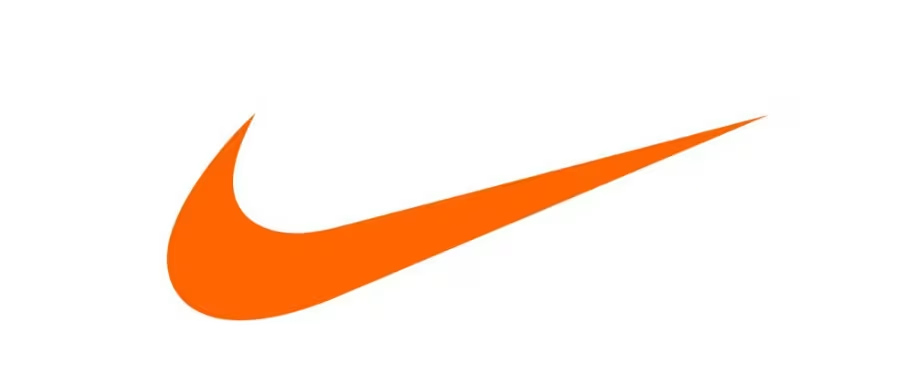
Think of iconic logos like Nike’s Swoosh or Apple’s Apple. These simple symbols have evolved into powerful brand ambassadors, conveying messages of innovation, performance, and simplicity. Both logos are an example of how a thoughtfully designed logo can go beyond just aesthetics to embody a brand’s core values and vision.
Storytelling is one of the most powerful tools in marketing because it engages emotions. People connect with stories; they remember them, talk about them, and share them. When your logo tells a story, it creates a deeper bond with your audience. Instead of just representing a business, the logo starts to symbolize something much larger—an idea, a mission, or a movement.
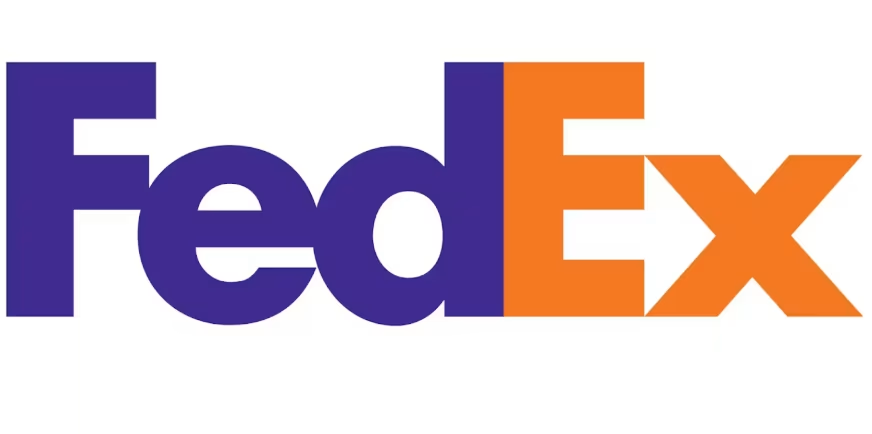
For example, FedEx’s logo is not just a simple text-based design. Hidden within the letters “E” and “X” is an arrow, symbolizing speed and forward movement. This subtle detail in the logo communicates exactly what the brand stands for: fast and reliable delivery. This type of storytelling through design reinforces the brand’s promise and helps consumers recognize the brand’s core strengths immediately.
A logo is much more than a visual mark or design; it’s the face of your brand. Its purpose isn’t just to look attractive, but to communicate your brand’s story and values in a way that’s visually appealing, memorable, and relatable to your target audience. The process of incorporating storytelling into a logo involves weaving in elements that reflect what your brand stands for, what it aims to achieve, and how it wants its customers to feel.
Let’s break down how storytelling plays a critical role in logo creation:
A logo should reflect your brand's core values. It’s not just about creating a pretty picture—it's about expressing the essence of your brand through design. When customers see your logo, it should immediately evoke certain values, emotions, or ideas that are central to your business.
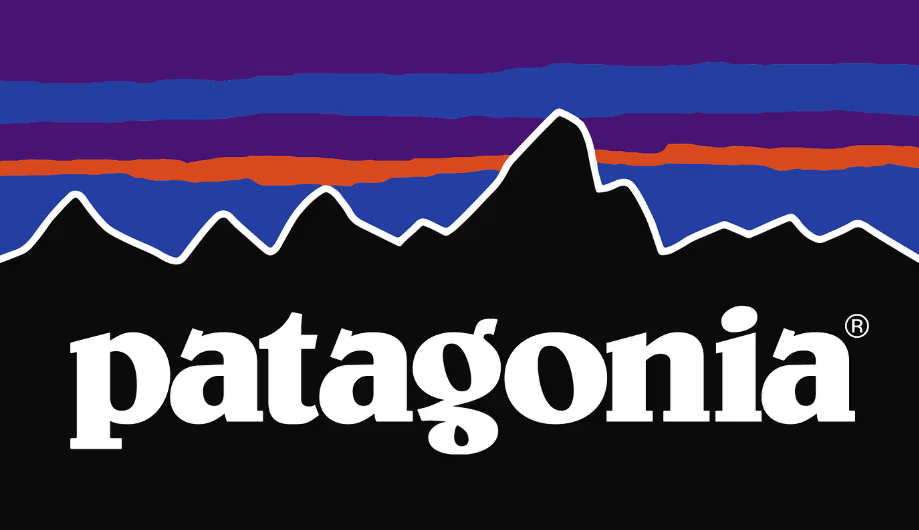
For example, Patagonia's logo features a simple mountain silhouette. This design directly communicates the brand’s passion for the outdoors and its commitment to environmental conservation. Every time someone looks at Patagonia's logo, they associate it with adventure, sustainability, and respect for nature, which are core to the brand's ethos. This type of storytelling through design helps the brand connect deeply with its target audience, which values environmental responsibility and outdoor exploration.
A logo should also act as a visual representation of your brand’s mission and purpose. It should tell consumers what problem your brand solves and how it makes a difference in the world. A well-designed logo can encapsulate the essence of your brand’s mission, making it easily recognizable and memorable.
Take Nike’s iconic Swoosh logo. This simple design represents motion, speed, and momentum. The Swoosh instantly communicates Nike's mission to inspire athletes to push their limits and achieve greatness. By using the Swoosh, Nike isn’t just selling shoes or apparel; they’re selling the idea of movement, progress, and performance. This connection between the logo and the brand’s mission is key to building a strong, loyal following.
A logo isn’t just a tool for selling a product; it’s a powerful emotional connector. Logos that tell a story engage consumers on a deeper emotional level, creating a connection that goes beyond just the product. When done right, your logo can trigger positive emotions, helping build trust, loyalty, and a long-lasting relationship with your audience.
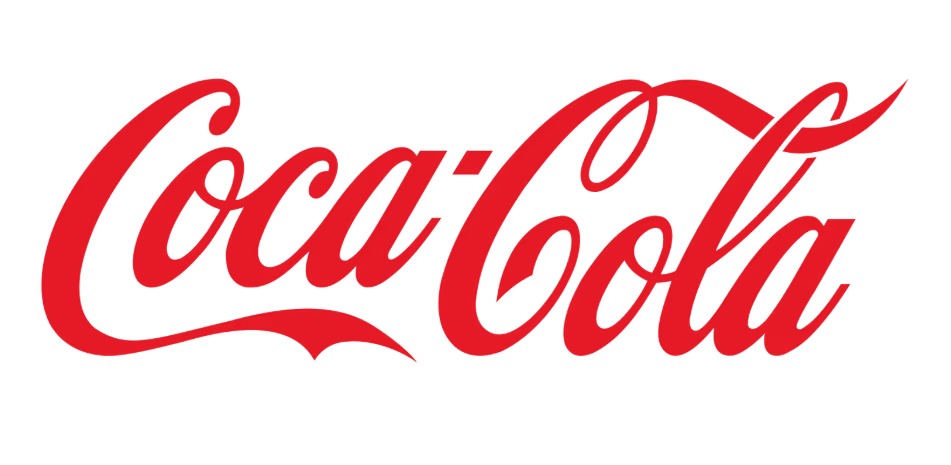
Think about Coca-Cola’s logo—its iconic red and white script evokes feelings of happiness, nostalgia, and joy. The design itself has become synonymous with moments of celebration, whether it’s a family gathering, a holiday, or a refreshing break. This emotional connection is a huge part of Coca-Cola’s success, making it one of the most recognizable and loved logos in the world. The storytelling element in Coca-Cola’s logo goes beyond the product itself, embedding the brand in the consumer's memories and experiences.
Every element of your logo, from colors to shapes, typography, and imagery, plays a significant role in telling your brand’s story. These visual elements should not only be aesthetically pleasing but should also work together to convey the right message about your brand. Here’s how each element contributes to the storytelling process:
Colors have powerful psychological effects and can evoke specific emotions or perceptions. The colors you choose for your logo should reflect your brand’s personality and the emotions you want to elicit from your audience.
By understanding the psychological impact of colors, you can ensure your logo resonates with your target audience and reinforces your brand’s values.
The font you use in your logo is just as important as the imagery and color. Typography conveys the tone of your brand and plays a major role in how your audience perceives it. Fonts can be sleek and modern, classic and timeless, or fun and playful, depending on what you're trying to communicate.
Choosing the right typography can make your logo feel approachable, professional, or even luxurious, depending on the message you want to send.
Shapes are symbolic and can influence how people perceive your brand. The use of shapes in your logo design can subtly communicate messages about your brand’s character and values.

The choice of shapes should align with your brand’s identity and mission, reinforcing the message your logo is communicating.
Incorporating meaningful imagery into your logo can provide depth and additional context to your brand’s story. The imagery you choose should be relevant to your brand’s values, mission, and industry.
Incorporating relevant imagery into your logo helps to convey your brand’s identity and creates a memorable, recognizable symbol that tells your brand’s story.
Creating a logo that successfully communicates your brand story is essential for building a strong, lasting identity. Here are the key elements to consider when crafting a logo that tells your brand’s narrative and resonates with your audience:
A logo should be clean and easy to understand. Overcomplicating the design can confuse or overwhelm your audience. A simple logo is not only easier to remember but also more versatile across various platforms and media. Think about McDonald’s Golden Arches—a simple yet effective logo that’s instantly recognizable across the globe. The less cluttered your logo is, the more likely it will leave a lasting impression.
.avif)
Your logo needs to be aligned with your brand's core message and values. It should speak directly to your target audience and reflect what your business stands for. For instance, if your brand focuses on eco-friendly products, using green or earth tones in your logo can communicate sustainability and environmental consciousness. The logo should immediately give the audience an idea of what your business is about, making it easier for them to connect with your brand.
The most effective logos are those that are easy to remember. When designing, focus on creating something that sticks in the minds of consumers. FedEx’s logo, for example, includes a hidden arrow between the "E" and "X," which is both clever and simple. This small, unique detail makes the logo stand out and enhances memorability. A memorable logo helps customers recall your brand even after just one encounter.
A logo should have staying power. While it's essential to stay relevant, a great logo isn’t overly trendy. Avoid designing something that may quickly look outdated. Nike’s Swoosh, for example, has remained unchanged for decades. It continues to symbolize movement, athleticism, and empowerment. A timeless logo ensures that your brand remains consistent and recognizable over time, avoiding the need for frequent redesigns.
A logo should be distinctive enough to set your brand apart from competitors. It needs a unique feature that makes it instantly identifiable. Take Starbucks’ siren logo as an example—it’s a standout feature in the crowded coffee market and provides a distinct identity. A unique logo gives your brand a personality and ensures it’s easily distinguishable, helping it to be remembered and preferred over competitors.
Creating a logo that tells a compelling story isn’t just about picking a nice design—it's about translating your brand's values, mission, and personality into a simple yet powerful visual representation. Here’s a breakdown of how to approach crafting a logo that truly tells your brand’s story:
Before designing your logo, it’s essential to have a clear understanding of your brand’s core values and mission. What does your brand stand for? What emotions or ideas do you want your audience to associate with your logo? This foundational clarity will guide your design choices, ensuring that your logo aligns with the essence of your brand. For example, if your brand stands for innovation, your logo should communicate forward-thinking and modernity.
The next step is to think about how to translate your brand’s mission and values into visual elements. Shapes, colors, and typography all play crucial roles in this process. Shapes like circles can convey unity, while triangles might represent strength or progress. Colors evoke different emotions—blue often signifies trust and professionalism, while green can represent sustainability. Sketching out different concepts and experimenting with these elements helps you find the combination that most authentically represents your brand.
When it comes to logo design, simplicity is key. A complicated logo can confuse or overwhelm your audience. Instead, focus on creating something simple and clean that’s easy to recognize and remember. Your logo should be versatile enough to work across different platforms, from business cards to websites to social media. A clean design also ensures that your logo remains scalable and impactful, regardless of its size or medium.
Once you have a few logo options, it’s important to seek feedback. Ask for opinions from colleagues, friends, or even your target audience to gain new perspectives. Sometimes, a fresh set of eyes can help you see something you missed or offer suggestions that improve the design. Gathering feedback helps refine your logo and ensures it resonates with the people you’re trying to reach.
If you’re unsure about designing a logo on your own, consider working with a professional designer. A designer brings expertise to the table, helping you craft a logo that tells your brand’s story effectively while looking polished. For businesses on a budget, tools like Logome can be an excellent option. Logome offers affordable, customizable logos that help bring your brand’s story to life, allowing you to get a professional logo without breaking the bank.
Brand storytelling through logo design is an essential strategy for building a memorable, meaningful brand. A well-crafted logo communicates more than just a business name; it tells the story of who you are, what you stand for, and how you connect with your audience. By focusing on simplicity, relevance, and uniqueness, you can design a logo that not only represents your brand visually but also emotionally engages your customers. Whether you’re starting a new business or refreshing your existing brand, storytelling through logo design can set the foundation for long-term brand loyalty and success.
Ready to bring your brand's story to life through a memorable logo? Start creating a custom logo today with Logome, an easy-to-use platform that helps businesses design logos that speak to their audience and elevate their brand identity.
Brand storytelling through logo design is the process of creating a logo that not only represents your business visually but also communicates your brand's mission, values, and personality. It’s about weaving a narrative into the logo that resonates emotionally with your audience.
Simplicity is key in logo storytelling because a clean, straightforward design is more memorable and recognizable. A simple logo is also versatile, working well across various platforms and mediums, ensuring it leaves a lasting impression without overwhelming the audience.
Colors play a crucial role in evoking emotions and conveying your brand's message. For instance, blue often represents trust and professionalism, while green is associated with sustainability. Choosing the right colors for your logo helps reinforce your brand's values and creates a stronger connection with your audience.
To incorporate your brand’s values, start by defining what your brand stands for. Then, choose design elements—like shapes, colors, and typography—that reflect these values. For example, if your brand emphasizes innovation, you might use modern typography and a minimalist design to convey that message.
Yes, you can! Platforms like Logome provide easy-to-use tools that allow you to create a custom logo that aligns with your brand’s story. With customizable templates and design options, you can craft a logo that tells your brand’s unique narrative, even without a professional designer.

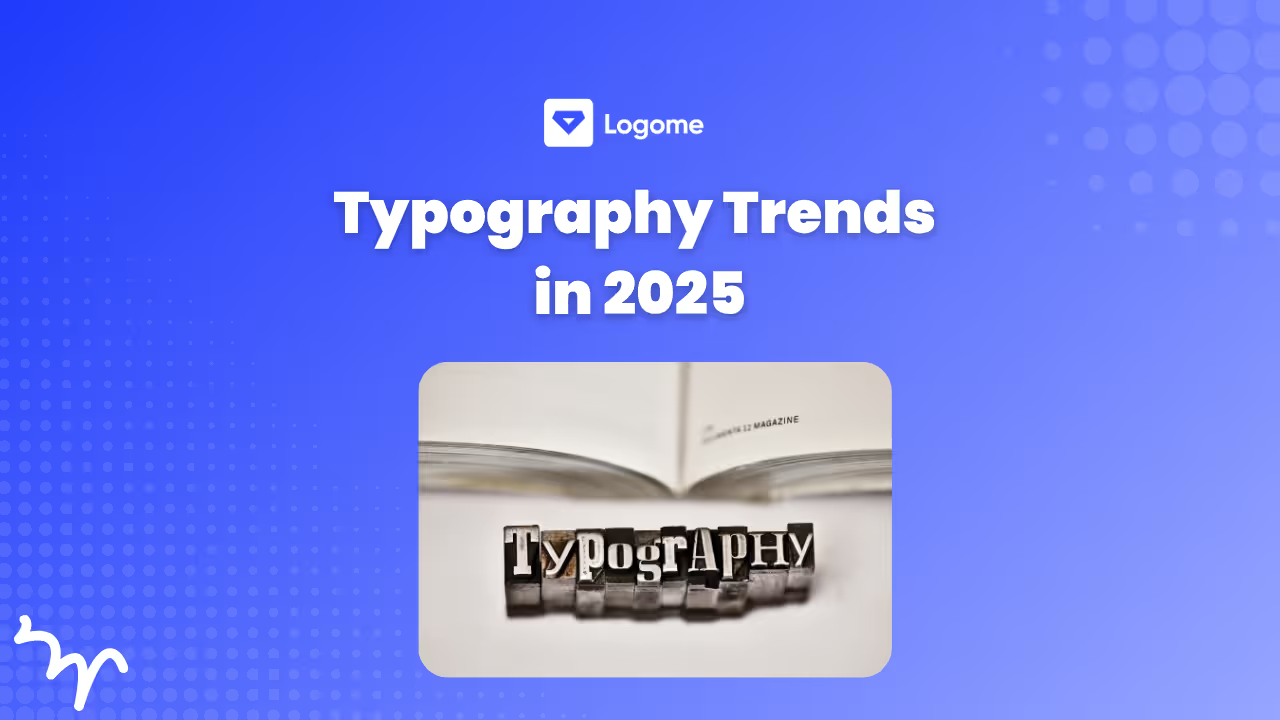
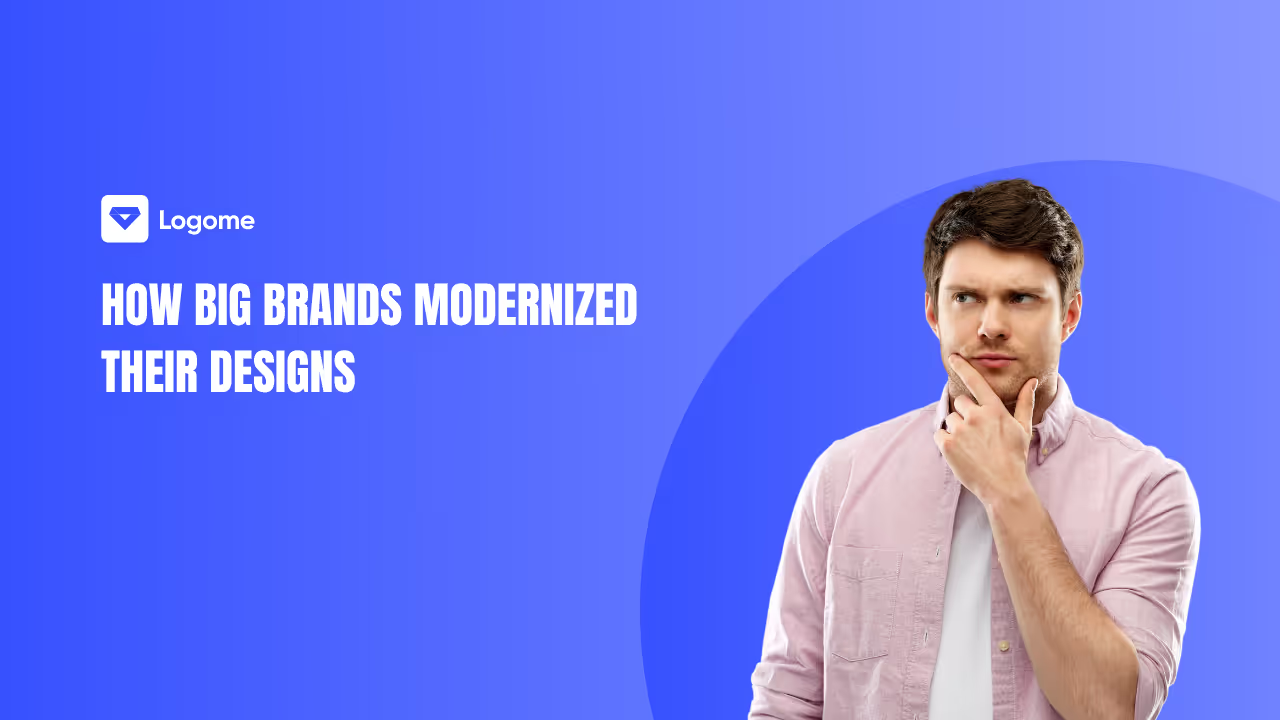
Discover how 500,000+ businesses and creators are using our AI logo maker in their Logo creation.



